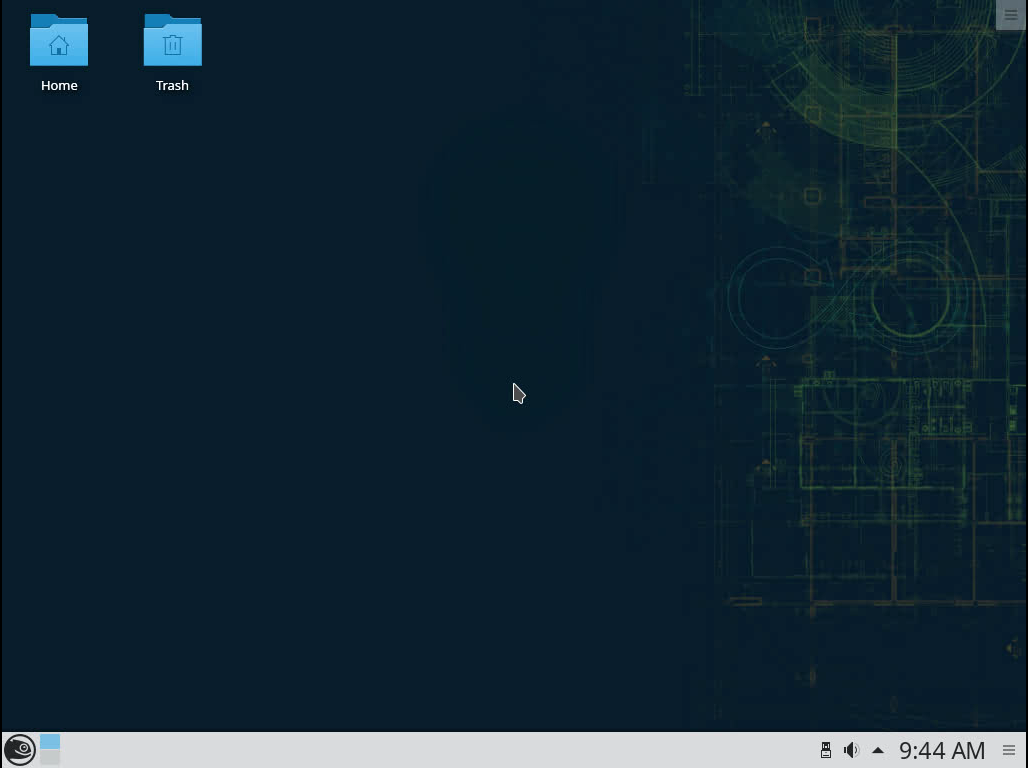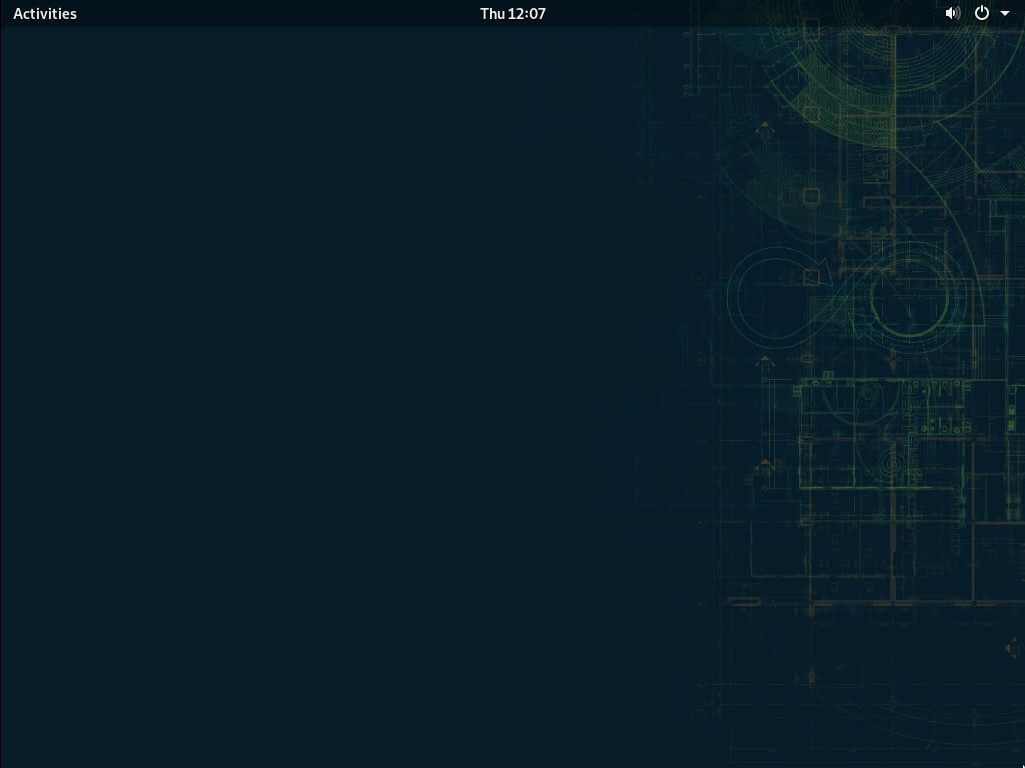

Depending on your file manager, you may be able to hold Shift while triggering the delete to get a hard delete.
Shift+Del is pretty much standardized as the keyboard shortcut. And here on KDE, I can hold Shift while clicking the “Move to Trash” menu entry, too (well, it actually replaces the menu entry with one for permanent deletion, but that’s effectively the same).




Codeberg recently held a translation event where projects could sign up, if they wanted help. You can still look at their resources here, or I guess, you can just pick out a project and start translating over here: https://translate.codeberg.org/